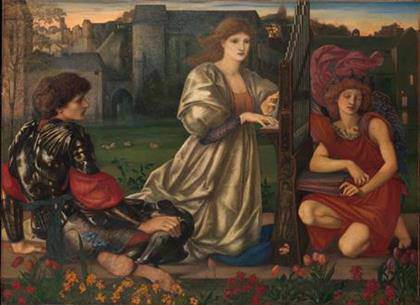
View of the exhibition
Guggenheim UBS MAP – Impressions from” No Country: Contemporary Art for South and Southeast Asia”
No Country: Contemporary Art South / Southeast Asia From May 10 to July 20, 2014, the Centre for Contemporary Art (CCA), Singapore, hosts the critically acclaimed exhibition ‘No Country: Contemporary Art for South and Southeast Asia’, as part of the Guggenheim UBS MAP Global Art Initiative.]]>
Source: Guggenheim Museum
“No Country” features thought-provoking recent artworks in a wide variety of media including painting, photography, sculpture, and video. The Centre for Contemporary Art exhibition marks the first presentation of two works from the Guggenheim UBS MAP Purchase Fund not previously shown as part of No Country: Loss by Sheela Gowda and Morning Glory by Sopheap Pich. The exhibition presents audiences with a selection of South and Southeast Asia’s most challenging and inventive artists including Navin Rawanchaikul, Shilpa Gupta, and Singapore-based Tang Da Wu, and features individual video installation rooms for works by Tran Luong, Amar Kanwar, and The Otolith Group.
The exhibition was first presented last year at the Solomon R. Guggenheim Museum in New York (February 22–May 22, 2013) prior to its recent showing at the Asia Society Hong Kong Center (October 30, 2013–February 16, 2014). No Country’s presentation in Singapore brings the artworks back to the region from which many of the artists hail, and calls for a closer examination of regional cultural representations and relations. This return suggests the possibility of a renewed understanding through a process of mutual rediscovery that transcends physical and political borders.
The exhibition—the title of which was drawn from the opening line of W.B. Yeats’s poem “Sailing to Byzantium” (1928)—presents South and Southeast Asia in terms of transformation and trace, charting patterns of historical and contemporary influence within and beyond the region itself. The artworks are grouped according to four themes: reflection and encounter, intersections and dualities, diversities and divisions, and the desire for unity and community. No Country presents artworks that challenge and explore the region’s historical ambiguities, territories both psychic and literal, individual subjectivities, and political, economic, and aesthetic negotiations.
Related content
Italian Futurism, 1909–1944: Reconstructing Universe (exhibition at Guggenheim, 2014)
Follow us on:


